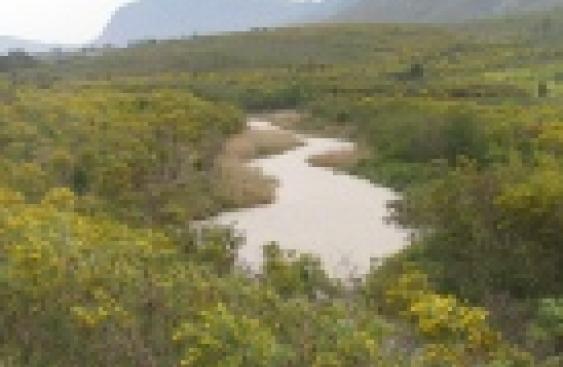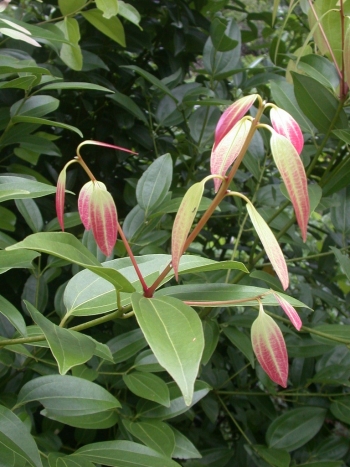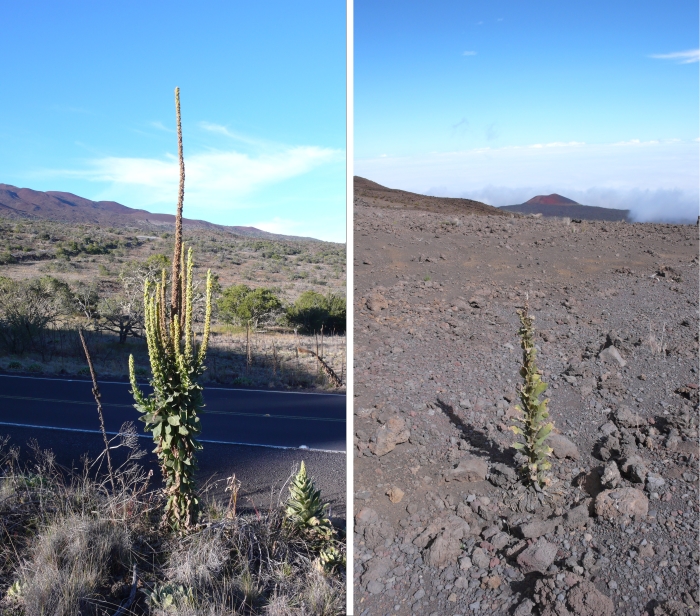Humans are rapidly and fundamentally transforming the ecology of the planet. Many scientists argue that we have entered a new geological era, the Anthropocene. Such global change presents not only huge challenges for sustainable land use and biodiversity conservation, but also forces ecologists to rethink their research strategies to understand the dynamics of novel, globally connected, and continuously changing ecosystems.
Cinnamomum verum dominates large tracts of forests in the Seychelles archipelago in the Western Indian Ocean. It was introduced in the late 18th century for spice production and has likely profited from a window of opportunity in the 19th century when the Seychelles were largely deforested.
Invasion science has been a global change science ahead of its time. For over 50 years it has been addressing the global reshuffling of plants and animals through human transportation and asking whether some species behave differently in areas where they do not occur naturally.
A new Tansley review published in New Phytologist has shown how invasion science can be used as a model to demonstrate the shortcomings in current ecological research and identify new strategies that will aid scientists in our understanding of global change processes.
Alliara petiolata (garlic mustard). An inconspicuous weed is becoming a model species in invasion science
The Authors make four key suggestions to improve plant ecology in the Anthropocene and illustrate it with examples from invasion science:
Comprehensive understanding through model system research: Global change dynamics are multifarious and require a comprehensive understanding of interacting genetic, physiological, ecological, historical and socioeconomic factors. For this purpose, invasion science focuses increasingly on model organisms or model ecosystems comparable to model systems such as Arabidopsis (thale cress) in other areas of plant science.
Generalisation through multi-site studies: Context is hugely important in ecology, and therefore generalisations from observations from one, or a few organisms or ecosystems are not reliable. Invasion science is replicating studies focused on the same invasive species or invaded ecosystem type across multiple sites and environmental gradients in both native and non-native ranges to improve theory.
Uncovering ‘unknown unknowns’: Meta-analysis – the reanalysis of existing datasets – has become a cornerstone of plant ecology. However, there is a risk that known processes, organisms and ecosystems are re-examined repeatedly. In invasion science this leads to the risk of losing sight of some of the most problematic invasions, those that happen rarely, in habitats characterised by extreme or undisturbed conditions such as shaded, dry, cold, or nutrient-poor environments. These habitats are often very rich in biodiversity and vulnerable to global change but not yet heavily invaded. There should be a stronger focus on such neglected invasions, and especially those that seem to deviate from predictions based on current theories to uncover ‘unknown unknowns’.
Embracing fundamental ecological change: The authors highlight the risks of basing generalisations in global change ecology on past and current processes and patterns. In invasion science this raises the problem of the ‘ghost of invasion past’: One of the best predictors of invasiveness is the rule-of-thumb that known invaders are likely to replicate their performance elsewhere. But in an era of rapid change new taxa not currently known to be invasive will become invasive in the future.
Verbascum thapsus at mid and high elevation on Mauna Kea, Hawaii illustrating the importance of accounting for variation of plant traits / performance along environmental gradients
In this paper the authors demonstrate that there are important lessons to be learned from invasion science, and by taking heed of these lessons, ecologists will be better placed to understand and predict ever-changing ecosystems in the Anthropocene era.
Click here to read the paper in full for free.
One of a variety of ecosystems invaded by Acacia sp.
Parts of this page may have been imported from a previous website. If you spot any errors on this page please contact us using the link below.



